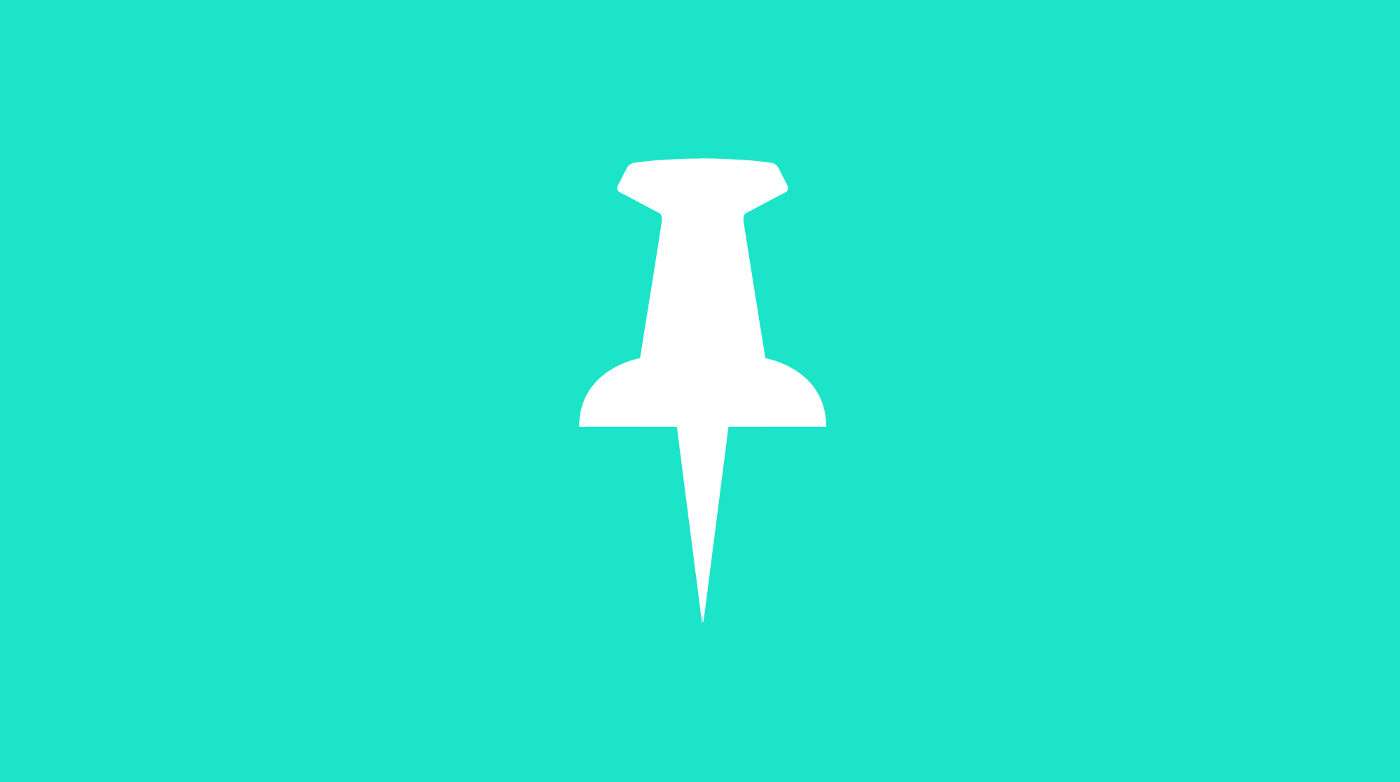Fixed Widgets: 8 ways to use them effectively
In these websites with smartly-placed fixed elements layouts get more flexible and multi-layered, freed from the confines of static print formats.

With the rise of clean, classic, uncluttered modern design, many traditional visual cues are no longer necessary on webpages. Yet it’s still wise to assist visitors in finding what they’re looking for so their visual experience is easy and pleasing. In many cases fixing the position of even one important design element can be the solution. With Readymag you can do this in a single click.
Fixed elements in a website are positioned relative to the browser window rather than to other widgets on the page. This way, when you scroll down a website with fixed elements, they stay in place while the rest of the content moves. This allows web layouts to be more flexible and multi-layered, freed from the confines of static print formats.
This technique can be very powerful when used savy. We’ve gathered eight examples of smartly-placed fixed elements from various Readymag projects below.
Explore other cool projects and design stories from Readymag